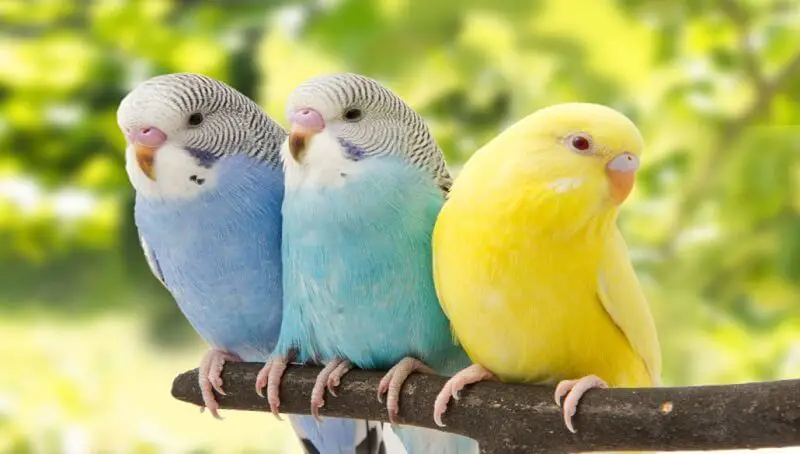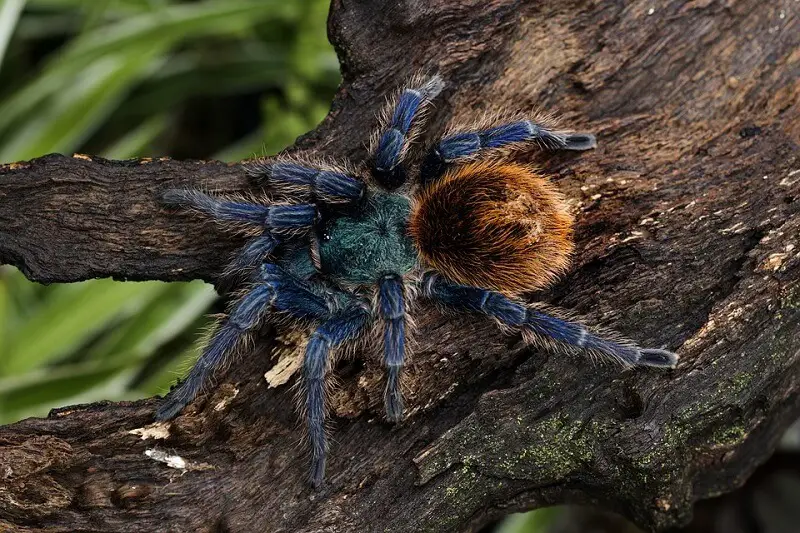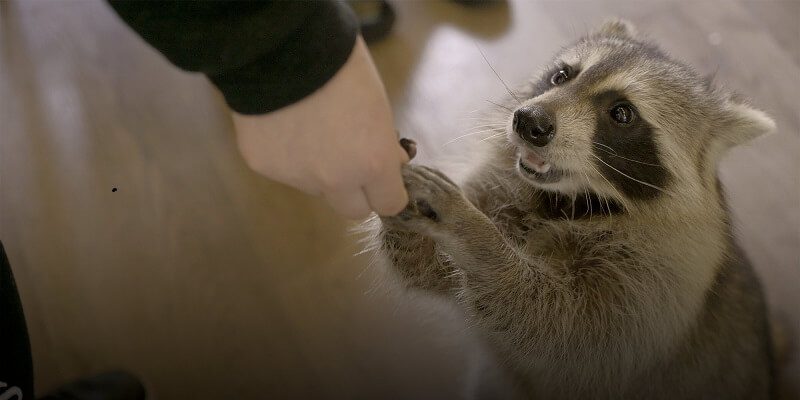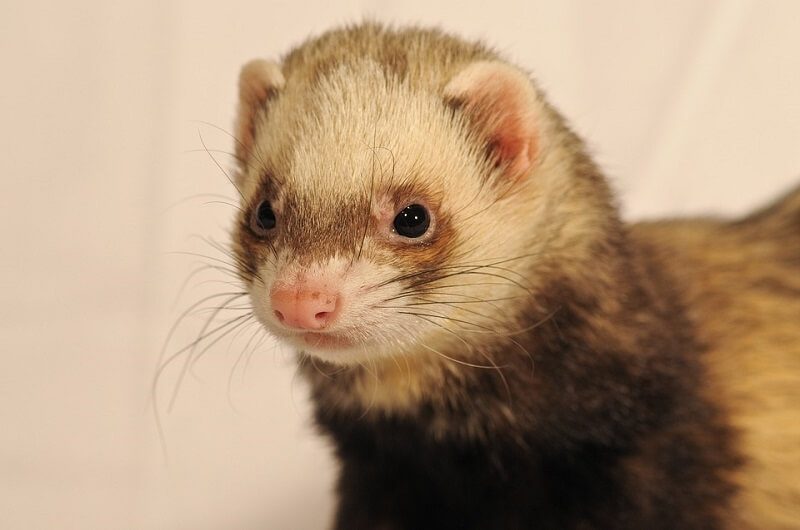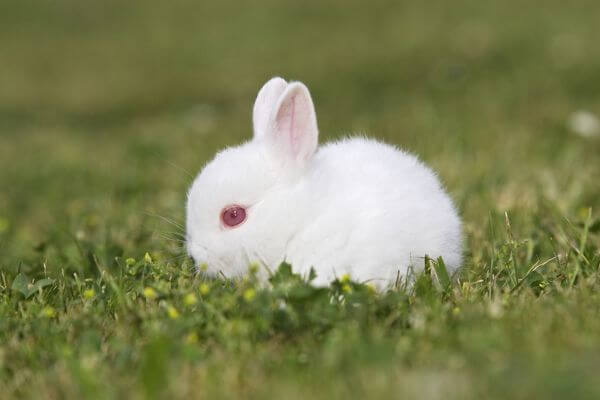The truth is that parrots and parakeets are actually one and the same thing. Birds that we commonly call “parrots” in the United States are known as parakeets or budgies in the rest of the world. While some might argue that parrots and parakeets are not the same, their taxonomy is exactly the same.
Origins of names
In the book of Joseph M. Forshaw, Parrots of the world, the parrot is simply listed as a “parakeet” with the scientific name, Melopsittacus undulatus. This scientific name in Latin is the same one given to the parrot. They are actually the same species.
Although it is still very unclear how these birds were given the name “Budgie” parakeet, which is the abbreviation of the proper name “Budgerigar”, there are several theories. The most known is that it comes from the Australian slang word, “budgery.”
What is the difference between parrots and parakeets?
You might also like my articles about:
- Differences between albino parakeet and lutino budgie
- Toucan facts and information
- Cockatiels and basic care
The birds are parrots! It’s like asking: What’s the difference between greyhounds and dogs? Yes, all species of the order Psittaciformes are parrots. It is true that the term parakeet refers to several species in this group, but there is no clear rule for determining which of them are called parakeets. The attribution of this name is made on approximate criteria and on the basis of tradition.
In general, we call parakeets those species of Psittacidae with finer features, smaller heads, long tails and wings, and good flyers. Thus, all species of the genus Psittacula are called parakeets in English, French, German, etc. Examples: Psittacula cyanocephala, the plum-headed parakeet, Psittacula eques, the Mauritius parakeet.
But what we need to understand is that the term ‘parakeet’ is completely artificial, a cultural convention. It does not refer to a taxonomic group as gender or family. There are parakeets of different genders only remotely related, such as the corrugated pearl, Melopsittacus undulatus, whose close relatives are the Lorius, but also the monk parakeet, Myiopsitta monachus, related to the southern American conure.
Moreover, the same species is sometimes called a parakeet, and sometimes a parrot. Here the monk parakeet is a good example. In English, it appears as both a parakeet, Monk parakeet, and a parrot, Quaker parrot. The French call it both parakeet, the perriche veuve, and conure, the conure veuve. The Germans are more consistent and call it only parakeet, Moenchsittich.
Similarly, the generic popular names cockatoo, ara bird, conure, etc. are a legacy of generations of bird farmers who considered some species to be similar enough to be grouped together. This does not necessarily mean that those species are indeed related, in the biological sense.
Parakeet’s popularity as a pet
Regardless of the origin of these delightful birds, they are the third most popular pets in the world and lie right after dogs and cats. They have been popular for centuries and are native to Australia, where they live in dry meadows, being extremely resistant small birds. Generally, they move into large flocks, finding water during periods of drought and looking for their food. Their diet consists of cereals, herbs, seeds, and insects. They are considered birds capable of surviving the conditions in which they live because they adapt easily.
Types of parrots
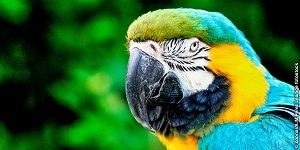 The word parrot is a term used to describe a group of birds with small sizes and long feathers in their tails and thin bodies. Other types of parrots include the mustache parrot, the grass parrot, the monk parrot also known as the Quaker parrot, and the Indian Ringneck parrot. All these birds are really small parrots and all have long tail feathers.
The word parrot is a term used to describe a group of birds with small sizes and long feathers in their tails and thin bodies. Other types of parrots include the mustache parrot, the grass parrot, the monk parrot also known as the Quaker parrot, and the Indian Ringneck parrot. All these birds are really small parrots and all have long tail feathers.
The parakeet
The parakeet was first recorded in history by the famous botanist and zoologist George Shaw in 1805. British by birth, he became quite interested in the natural flora and fauna of Australia when he began working in the natural history section of the British Museum. Humans were colonizing Australia at that time and specimens of both plants and animals were sent back to England for further study. He was the first to publish his findings with scientific names of budgerigar, and parakeet, as well as platypus, echidna, wombat, and black snake.
Reproduction
The first parakeets arrived in England in 1840. Captive breeding began around 1850 when the interest in keeping these birds as companion birds appeared. The first color variation using selective reproduction was recorded in 1870 and after that many variations have developed that still survive to this day.
There are different varieties of birds available. They come in a wide variety of beautiful colors, and selective reproduction has given rise to types like English Budgies with their distinctive appearance.
Parrot vs. parakeet
The confusion about whether the parrot and the parakeet are the same birds is similar to the mini-controversy over the name African Grey, the African gray parrot. The common term for the parrot bearing the scientific name Psittacus Erithacus is “African gray parrot”, in the United States.
Taxonomists are still trying to understand the difference between the two types of African gray parrots, the Congo, and Timneh. But these two species have two different taxonomic names because Timneh is considered a subspecies of Congo. However, if you search for the species, in the “African gray parrot”, Mr. Forshaw’s book, you won’t find it. It is instead listed as a “gray parrot”. Even so, this list refers to the scientific name for African Grey.
There are areas in the world where the African gray parrot or the gray parrot is called the Red-tailed parrot. But no matter what you call this bird, the species is really the same. It is Psittacus Erithacus.
All this suggests that when William Shakespeare metaphorically wrote, “What we call rose/by any other word would smell as sweet”, he might have had parrots or parakeets in his mind.
